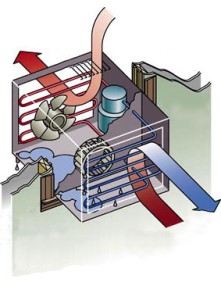Sears washing machine repair
Washing machines are an essential part of our daily lives. They help us keep our clothes clean and fresh. However, like any other appliance, washing machines can break down. When this happens, it can be frustrating and inconvenient. In this article, we will explore common washing machine problems and how to fix them. We will also discuss Sears washing machine repair services and DIY washing machine repair. Common Washing Machine Problems Washing machines can experience a variety of problems. Some of the most common problems include: The washing machine won’t start. The washing machine won’t drain. The washing machine won’t spin. The washing machine is making strange noises. The washing machine is leaking. Sears Washing Machine Repair Services Sears offers a wide range of washing machine repair services. Their technicians are highly trained and experienced in repairing all types of washing machines. Sears offers same-day and next-day appointments,
